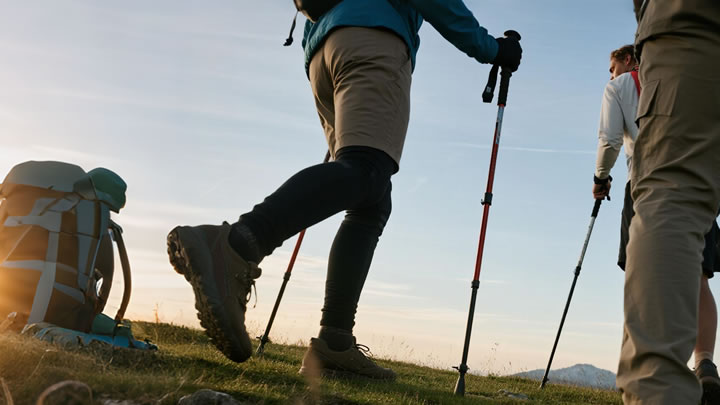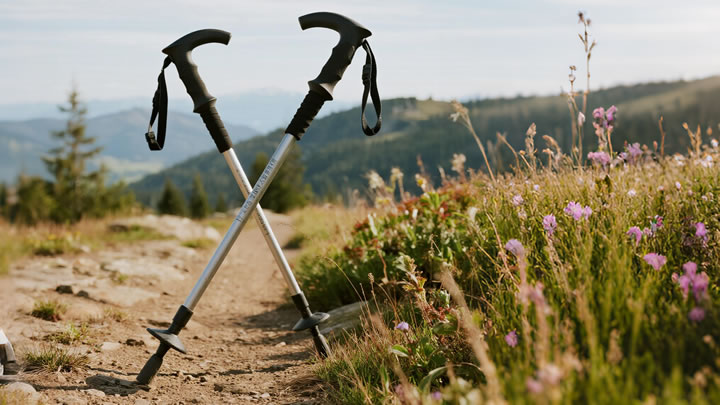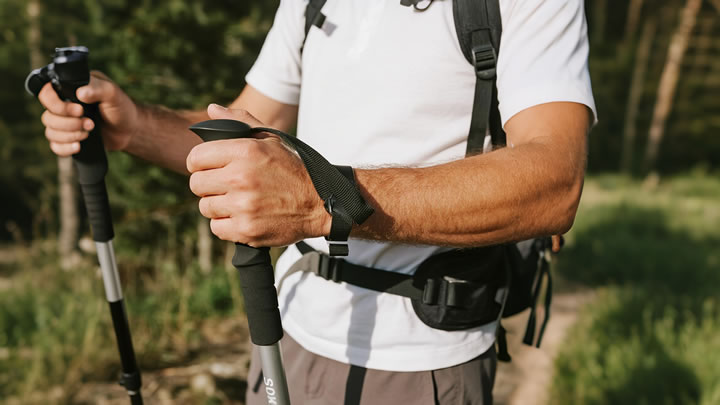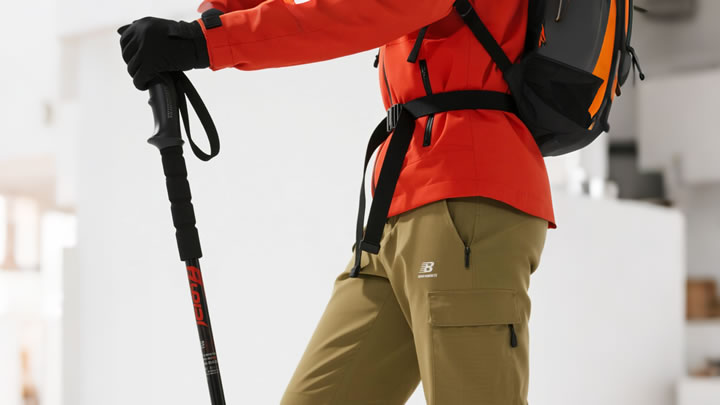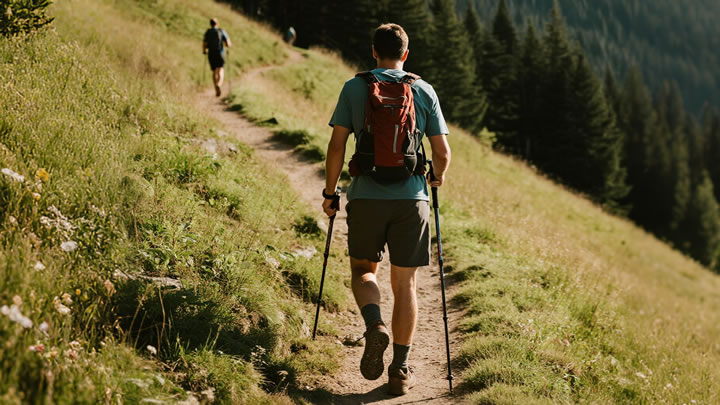Do I need snow baskets for winter hiking?
The short answer: Absolutely – if you’re venturing off packed trails or into powder. Snow baskets (large, circular discs that replace standard trekking pole tips) aren’t optional gear; they’re critical safety equipment for efficient, stable winter travel. Here’s why and when they’re indispensable.
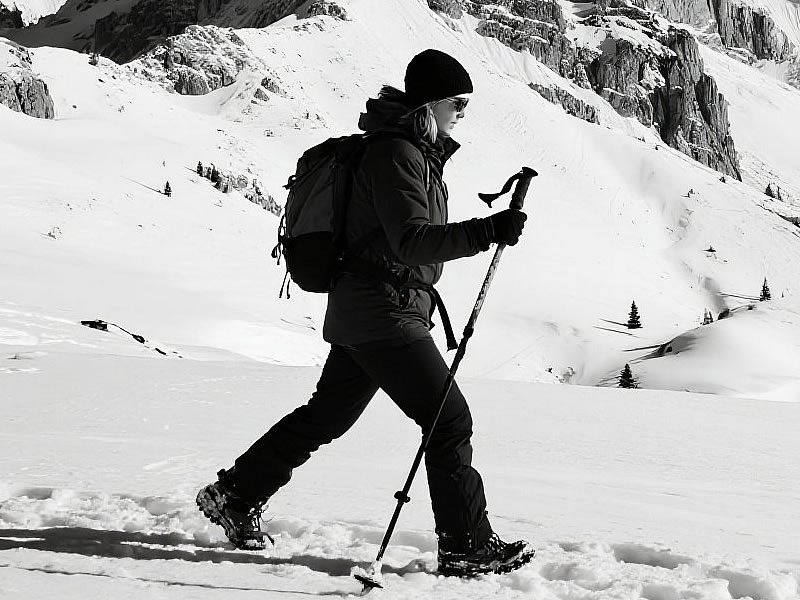
The Physics of Flotation: Why Size Matters
Standard trekking pole baskets (typically 2-4cm) concentrate force on a small surface area. On snow, this creates high pressure per square inch (PSI), causing poles to punch deep into unconsolidated snow – a frustrating phenomenon called "postholing." Snow baskets (8-13cm diameter) dramatically increase surface contact, distributing your downward force over a wider area. This reduces PSI, preventing pole sinkage and providing reliable anchorage.
5 Key Benefits of Snow Baskets:
- Stability & Safety: Prevent poles from plunging 12+ inches into snow, eliminating jarring lurches and falls. Essential on slopes, traverses, or uneven terrain.
- Reduced Fatigue: Constantly yanking buried poles wastes 20-30% more energy. Snow baskets keep poles at usable height.
- Efficient Power Transfer: Enables effective poling technique for ascending hills or pushing through drifts.
- Prevents "Bridging": Stops poles from lodging under hidden branches or ice layers.
- Protects Snowpack: Minimizes trail damage in sensitive alpine zones.
When You CAN Skip Snow Baskets (Rarely!)
- Packed Trails & Firm Snow: On heavily trafficked, icy, or wind-crusted routes where poles contact a solid surface.
- Microspikes/Crampons on Ice: When using technical traction on hard-frozen terrain (small carbide tips grip best).
- Urban Winter Walking: Cleared sidewalks or compacted park paths.
Caution: Conditions change rapidly. Firm trails at dawn can become deep powder by afternoon. Carry baskets if there’s any uncertainty.
Consequences of Skipping Baskets in Deep Snow
- Increased Fall Risk: Unstable pole plants lead to slips, especially with heavy packs.
- Wrist & Shoulder Strain: Repetitive deep extraction torques joints.
- Slowed Pace: Postholing doubles effort on ascents.
- Damaged Poles: Stress fractures can develop near the tip.
Choosing & Using Snow Baskets Correctly
- Size: 8-11cm for most hiking; 12cm+ for powder skiing/snowshoeing.
- Shape: Round offers best flotation; teardrop improves forward thrust.
- Material: Durable plastic (avoid brittle cheap ones).
- Attachment: Ensure secure locking mechanism to prevent loss.
- Pole Angle: Plant poles slightly behind you – baskets act as anchors for propulsion.
Pro Tip: The Mixed-Terrain Solution
Many hikers carry quick-release baskets. Swap them in seconds when transitioning from hardpack to powder. Store spares in an outer pocket.
The Verdict: Safety First
Unless exclusively hiking groomed trails or icy surfaces, snow baskets are non-negotiable. They transform poles from frustrating sink-rods into reliable stability tools. For backcountry travel, steep slopes, or variable snow, they prevent fatigue and injury – letting you focus on the winter wonderland, not wrestling your gear. Invest in quality baskets: Your wrists, pace, and safety depend on it.

